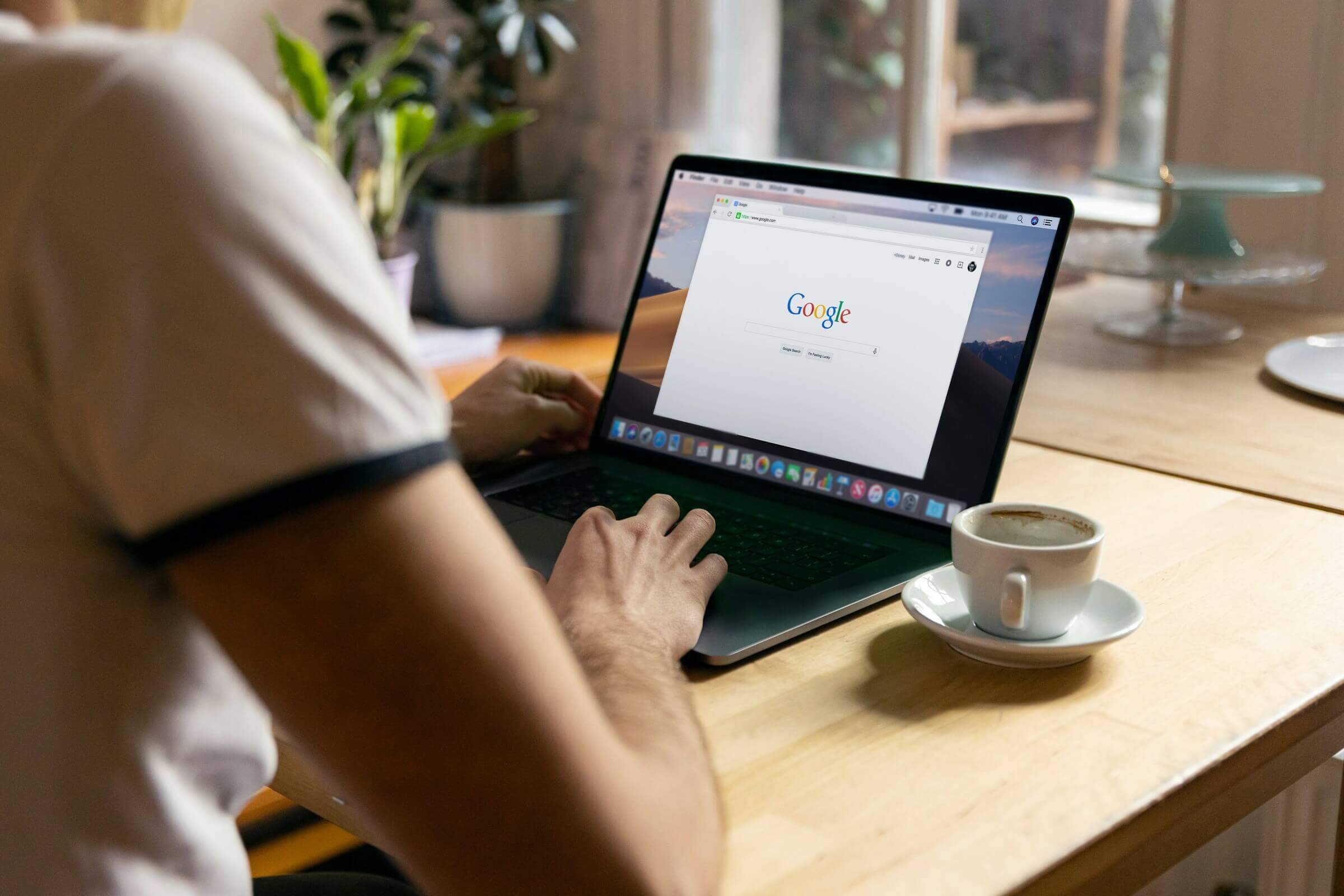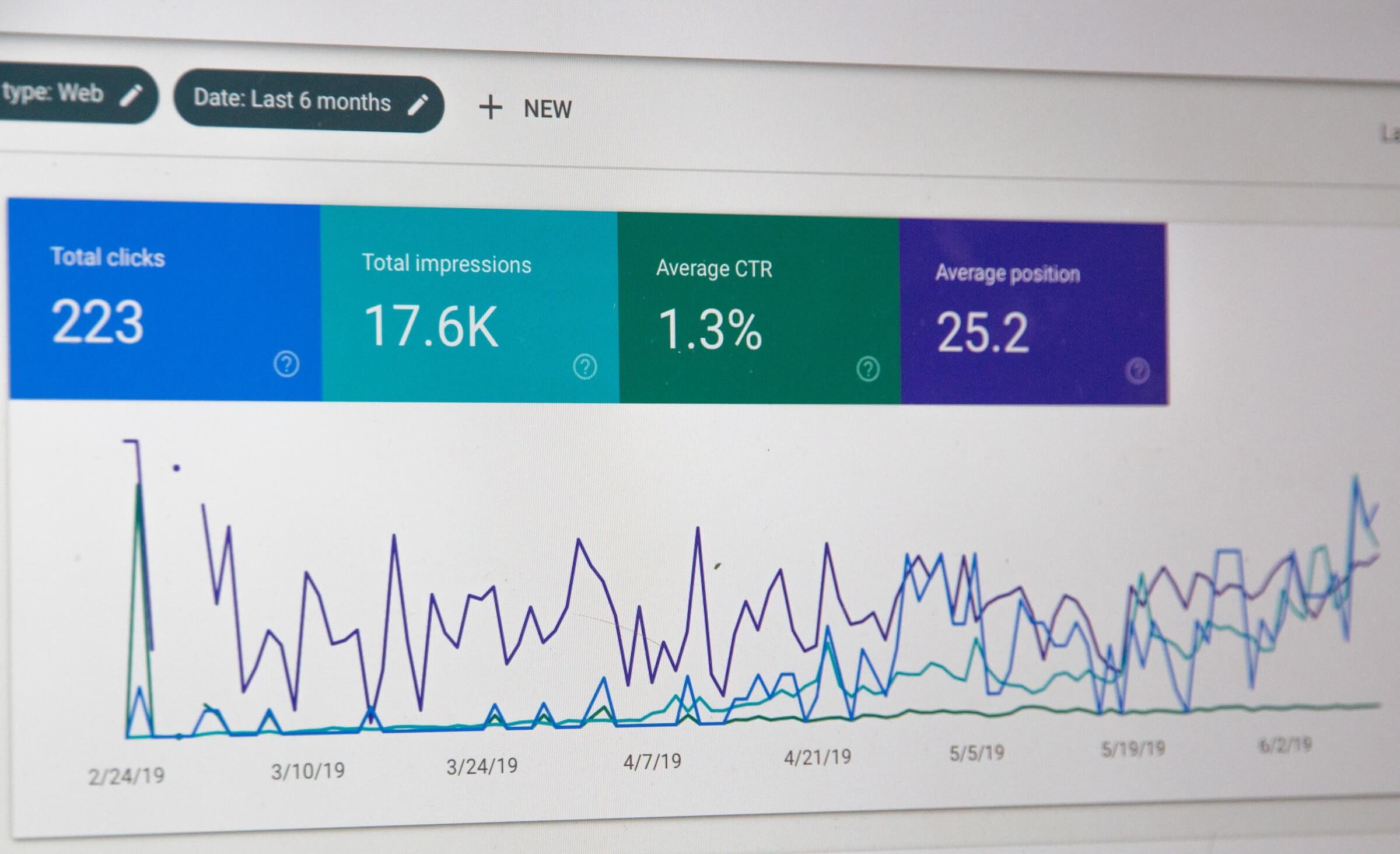Search Engine Optimisation (SEO) is a term used widely in the digital world and refers to the optimisation of web content to rank higher in search engines.
The three big letters seem to carry a lot of weight and scare many off into paying thousands of dollars a year on expensive ‘improve your rankings’ packages often for nothing.
Understanding the basics of organic SEO will likely be the most important bit of information you can learn.
Organic SEO is the natural optimisation of content and webpages based on the presumption that:
- Search engines such as Google are all about the user’s experience. When someone searches it MUST serve the most relevant content to the user fast and with minimal effort. If not, the user does not find what they are looking for and in turn the search engine is not serving relevant content. Therefore;
- Rankings are determined by user’s experience and interaction with your content. The better the engagement, experience and interaction with your content the higher you will rank for the topic or keywords and vice versa.
The web is full of SEO ‘review tools’ and content that is will not help your SEO one bit. Moreover, many of the suggestions out there can harm your page ranking.
Key is to understand that no one knows the exact algorithm or each search engine and definitely would not be selling it to you if they did. Your SEO journey takes time, following good practice and ultimately simply following these simple tricks and tips.
It’s all about the User Experience and Awesome Content.
Taking the above into consideration we put a lot of weight on the user’s experience. Most of you have heard the term UX design (user experience) and the importance of providing online presences that are user friendly.
User experience not only refers to design, but the complete look, feel, message, and quality of the entire website and content you wish to rank for.
Focusing less on optimisation vs. providing relevant, easy to read, fun and engaging content and experiences to your users will be the biggest part of the optimisation process.
Just in case it’s not clear enough- information rich, quality, easy to read and purely awesome content is the winner hands down.
Quick tips- focus on:
- Clean, minimalistic design and page layouts
- Content spaced well, good use of headings to segment subjects and easy to use fonts
- Complimenting images
- Less blabber and more direct language
- Mobile friendly designs
- Less on page distractions
- KISS (keep it simple stupid)
- Easy and clear navigation and structure to site
Write better headlines for your content by following our guide.
A good way to gauge your user’s experience with your site and engagement with your content is your bounce rates.
There are cases where a site has only one page and other circumstances where your bounce rates will be higher, but for the majority the bounce rates are a good indication of success or failure.
SEO Basics
The majority of the below points are considered best practice and not guaranteed to get your content ranking higher. Nonetheless, these are what you could consider the foundations to SEO and should become second nature.
Page Titles and Descriptions
Most content management systems (CMS for short) allow you to insert custom page titles and meta descriptions per page or post. Use this space and customise each page’s titles and descriptions focusing on making it relevant and attractive to users.
Get it right with practice and take time writing good quality relevant titles and descriptions that will stand out in search engines.
Note: Google wants you to do this, however; will often serve a different title and description based on the user’s search query. This happens more so with long tail search queries.
Content structure
Avoid stuffing too many keywords and links in your content. This goes back to the user experience point and when you write content make sure it reads well.
Use your headings to segment your content to subjects knowing that readers skim and don’t always read. Use bold sparingly- the days of using bold on your keywords is dead. Instead use bold purely to draw attention to a specific point.
Write less, use simple language and write copy that is purely for the enjoyment of your readers. This will help keep the structure clean. A good way to enforce this is to write on a word processor and print the document. If it looks good on print and easy to read then it’s good for the web.
Images and alt tags
Use images to compliment your message. People love images, and as the saying goes, ‘an image speaks a thousand words’. Google and other search engines are becoming more lenient with sites using images in their design as well as to compliment your message.
If you use images remember to utilise the ‘alt tag’ which is basically a description of the image. Again good practice is writing descriptive alt tags that are meant for a situation when the image cannot be viewed and only the description displays.
Links (internal structure)
Good link structure is a very important part of your organic SEO strategy. Not only does it help users find other relevant content on your site but also passes on ‘link juice’. You will notice that many of the larger sites like Mashable use many internal links to their other relevant content that makes a user click through to read other interesting articles.
This is a great strategy and helps get your bounce rates down which we will cover later.
Another very important part of your link strategy is to link to other powerful blogs. You might be thinking “that makes no sense” but research has shown that this is favourable to your page rankings and additionally you might get the favour returned.
Tips when linking content:
- First post your content and save as a draft to review. Then whilst reviewing it look at where you can add value by placing a link.
- Don’t fall into the trap of linking all your page links to your home page. This is obviously not going to be adding value to your reader and could land you in trouble with search engines.
- Break your content with a relevant content section and a few bullet points of relevant content and links.
NOTE: do not stuff your content with links. Again look at your page from a user’s perspective. Less is more and just a few links in the right place, linking to the right content will work miracles for your site. Overdo it and you cheapen the content and could be penalised.
Remember, your content posted will already have links to other parts of your page. This includes the main navigation menu, side bars, widgets, and footer links. Use links sparingly in your content and always ask yourself if it adds value. If not then don’t bother.
URLs and site structure
This is different to your on page link structure and refers to keeping your site easy to navigate for users.
Make sure your URLs are tidy and use a good structure i.e.
Yourdomain.com/first-level-page/second-level-page/third-level-page/
This not only makes it easier for search engines to navigate your site but as you will see from the example; it adds a hierarchal structure to your site.
Another tip is to follow Google guidelines that suggests every page on your site should be accessible from at least one click where possible. Moreover, adding a basic site map to your footer is considered good practice.
Speed
With the speed of the internet connections and technology around such as mobile and tablet browsing; speed becomes very important. Search engines are taking this into consideration and I am positive this will become an even bigger factor in your page rankings as time goes on.
There are many guidelines to increase page speed out there and the key is to keep things static on the page, use less fancy tricks and focus on keeping your designs light.
I won’t go into too technical details but using Google Developer’s PageSpeed Tools will give you suggestions to get you site up to speed.
In short, invest the little extra in hosting with a good provider. This has cut seconds off some of my site’s load times. Leveraging browser cache and keeping images light has made the world of difference and is easy to implement.
Google+
Google+ is one of your best friends when it comes to local SEO. Local being if you are a local business i.e. have a store front, Google+ verified local business listing can be one of your biggest boosts. Make sure you have your Google+ page listing, verified and active with posts.
Patience
All the above are considered ‘musts’ for organic SEO optimisation and form the basis for your strategy. However, nothing is more important than time.
I was always taught that the one year mark is crucial for a site. I have also personally experienced this with many sites where content is static and does not change often beside a blog post here and there.
Be patient, organic takes time.
Your turn, any thoughts or something to add? Please share with all of us.



